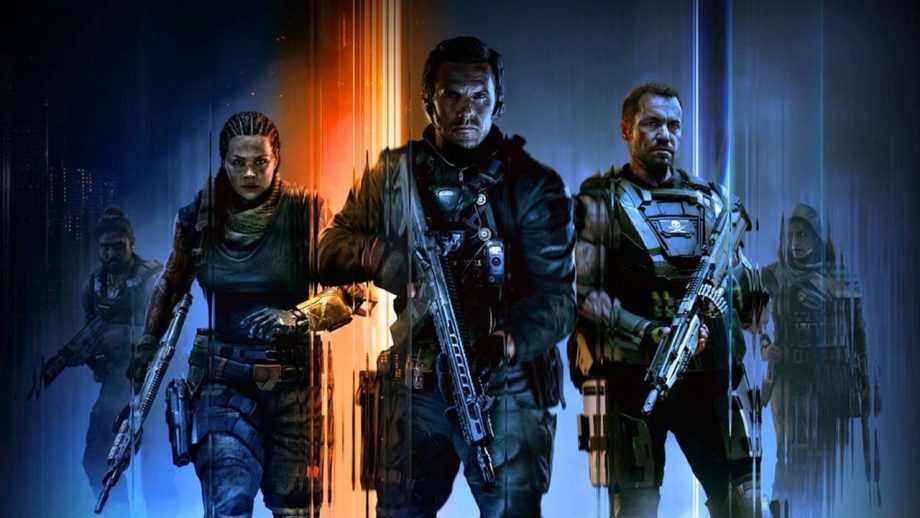
Without a shadow of a doubt, Call of Duty is primarily a multiplayer game. Following the meteoric rise of the original Modern Warfare’s PvP, the series has become an industry behemoth, and its success is entirely down to its online modes. And yet, year after year, Activision has dedicated a significant amount of cash to funding elaborate single-player campaigns. As someone who grew up on the likes of Half-Life and Halo, these campaigns are the reason I’ve come back to Call of Duty year in, year out. Sure, it’s been a rocky relationship, but it’s been worth enduring for the really good ones – like last year’s fantastically orchestrated Black Ops 6, with its conveyor belt of exciting mission concepts.
But this year is different. Black Ops 7 specifically brands its story mode as a “co-op campaign,” and has been designed around a four-person squad. As our review points out, it is a significantly worse experience solo, to the point we could never recommend playing it alone. And so the entire Call of Duty package this year is multiplayer, a fact that has me wondering about the future of the series. Has it finally given in to the writing on the wall? Is COD single-player over?
Co-op support does not always spell the death of solo play. Halo and Gears of War have both built legacies on campaigns that support both equally. But in Black Ops 7, developers Raven Software and Treyarch haven’t made a classic Call of Duty campaign that can be played with a couple of buddies. The mission structure is fundamentally different from the series’ traditional template. There are none of the scripted cinematic moments that have defined Call of Duty’s reputation, nor the experimental concepts that characterised last year’s campaign. Instead, the entire mission pool is geared around simplistic corridor shooting and bullet sponge boss fights – scenarios that are easy to orchestrate with multiple players who are potentially more interested in chatting than engaging with a plotline. Perhaps understandably, trying to support multiple players across something as delicately railroaded as Modern Warfare’s iconic stealth affair, All Ghillied Up, or as attention-dependent as last year’s social espionage-flavoured Most Wanted, was considered a flight of fancy.
As a result, a great deal of Call of Duty’s foundational campaign DNA has been replaced. And by that I don’t just mean the addition of online infrastructure that eliminates the series’ atmospherically vital AI-controlled squadmate characters, and enforces no pausing and being kicked after a period of inactivity. No, I mean the introduction of enemy types with healthbars and, in the case of the new Endgame mode that caps off the story, damage numbers. The arrival of colour-coded, tiered weaponry that’s found in boxes, not on corpses, effectively turns guns into loot, and the open-world Avalon, frequently visited across the campaign before becoming your home for the Endgame, is peppered with small-scale objectives and activities, akin to Warzone’s battle royale map. Or a Destiny planet. Or a Helldivers world.






